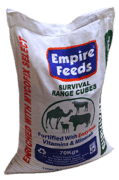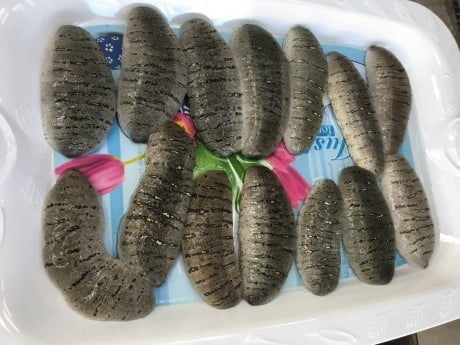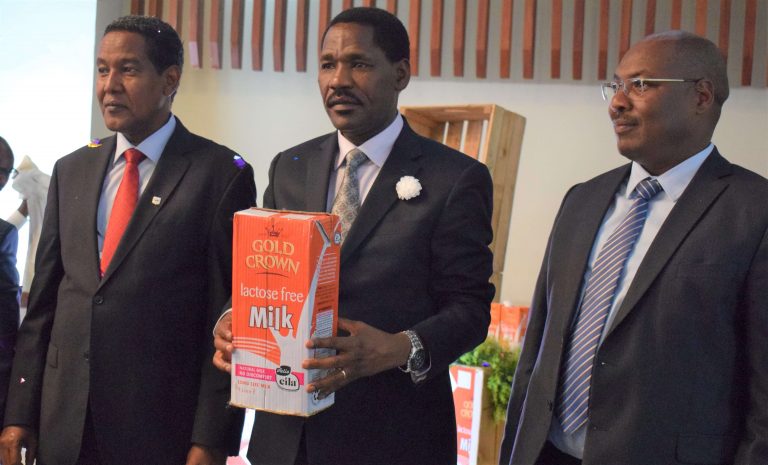Farmers in Kenya have been complaining of the high cost of production specifically due to the high cost of animal feed. They have also complained of some sub-standard feed in the market that doesn’t bring out the desired results after feeding their livestock and poultry.
Feed manufacturers have however absolved themselves from blame saying they are also facing a myriad of challenges that are impacting negatively on the industry. Joseph Karuri the Chairman of Association of Kenya Feed Manufacturers (AKEFEMA) says their biggest headache has been the cost of raw materials which determines the cost of feed. The association members produce 60% of the feed in the country while the rest is produced by manufacturers who are not members of the association.

Karuri says the biggest raw material in feed manufacturing is maize and being a staple food in Kenya, there is competition for it between animals and human beings. That means that the feed manufacturers compete for the maize with maize flour millers. This is in addition to other people who use maize in preparing their favourite dishes like mukimo, githeri, muthokoi etc. “There is a misconception that because we make animal feeds like pig feed, we use the bad maize in the country but this is not the case. Animals including pigs consume feed made from the best quality of maize available in the market. This means we use the same quality of maize like the one used by maize flour millers,” says Karuri. “In Kenya, we produce about 36 million bags of maize annually against a consumption rate of 46 million bags thereby leaving a deficit of 10 million bags in the human food chain. This means when we factor in the feed industry requirements, the deficit increases to about 14 million bags as we consume about 4 million bags,” he adds.
Karuri says the competition doesn’t only lead to an increase in feed prices but also an increase in maize flour prices. However, he says they have come up with a solution but the government has been reluctant to accept it. They have been seeking approvals to import yellow maize for feed manufacturing which he says is cheaper than white maize and produces a feed of higher quality. This will reduce the competition for white maize and according to him, the prices will come down automatically. “In 2016, we had the same problem as a bag of maize cost Kshs. 3,000. We lobbied the government as AKEFEMA and we were allowed to bring yellow maize and the moment the ship landed with a bag costing Kshs. 1,500, the following day we reduced our prices by almost the same margin,” says the Karuri.


The Secretary-General Martin Kinoti says some months ago the request to import yellow maize had been agreed by the government. “The request was however shot own at Cabinet level as all of you know maize is a political crop in this country. Therefore, somebody saw that this may jeopardize the position of the powers that be in terms of Rift valley politics and it was shot down. Yellow maize is the silver bullet we need to bring the feed prices down,” says Kinoti.
Apart from maize, the feed makers use other raw materials like oil cakes from cotton and sunflower seeds after the oil has been extracted from them. The resulting seed cake and soya is a rich source of protein. These are imported from Tanzania and Uganda as they are not available in the country. Other raw materials used are milling by-products like bran, maize germ and pollard which are sourced from flour millers. Since they are required in huge volumes, they don’t get enough in the country and they also get some from Uganda and Tanzania.

“Our biggest worry is that industries in both countries have been increasing their capacity in the last five years and we might not get enough to import soon. But my biggest question to the government is why it has never taken interest in promoting the production of cottonseed, sunflower seed and soya in Kenya and yet our neighbours in Tanzania and Uganda are doing it. I believe we have the same climatic conditions and the soils so I wonder why thy the government agrees to lose a lot of revenue when we import and that money would have been left here with our farmers,” says Karuri.
On the issue of quality, the feed manufacturers say they have employed qualified people and are keen on quality standards. The Chairman, however, says they are aware of quacks who are making sub-standard feed and they are working together with the Kenya Bureau of Standards (KEBS) and the Ministry of Agriculture on regulating the industry.
The feed makers are now calling on the government to agree to sit down with them to find a long-lasting solution to the issues. “We don’t want to have a blame game but we need to sit down together, engage and find a long-lasting solution favorable to the farmers, us and even the consumers. Some of our harshest critics on feed being expensive are in government yet they are the ones who should be assisting us as you can see wee import virtually everything,” says Karuri.






